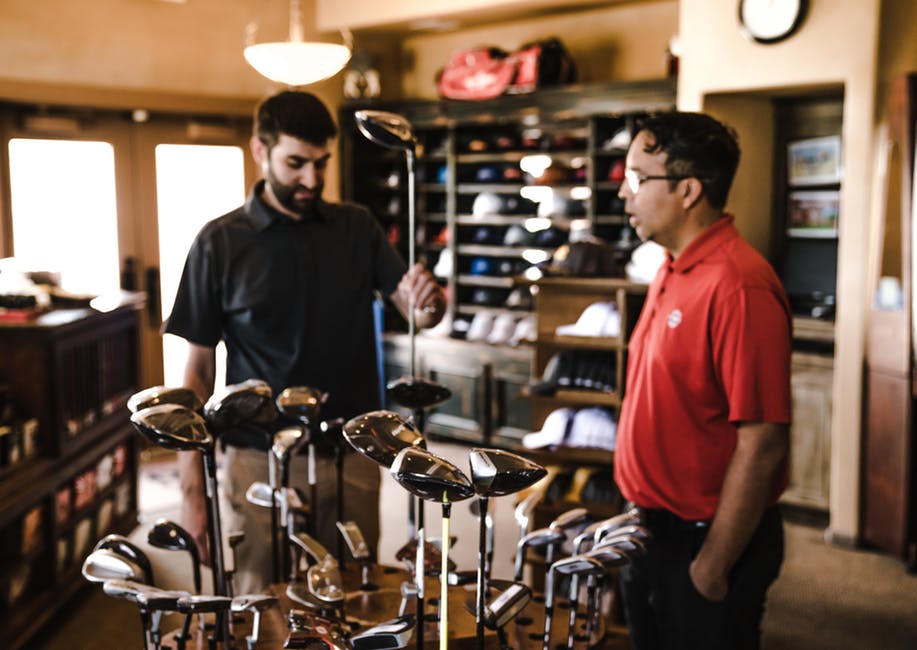
Top 5 Factors to Consider When Choosing Golf Clubs
Americans spend $6 billion on golf equipment, apparel, and media every year. Most of this money is spent buying golf clubs.
The right set can improve your game, getting you to the professional level you desire.
Read on for 5 factors you must consider when choosing golf clubs.
1. Experience Level
You’ll need a basic packaged set to begin, but you can add to it later. It should have, at minimum, a putter, 2 wedges, irons, hybrid and metalwood clubs, and drivers.
Customize your set as you improve. Consider factors such as putter size, iron lie angle, graphite weight, and driver loft. The rules of professional golf limit you to 14 clubs, so be sure that each one is fitted to you and comfortable to use.
2. Types of Clubs
There are several different golf club designs, and you’ll need to compare them to choose the best ones.
Putters are the golf club type you’ll use the most. Choose one that fits with your stroke type, grip, and posture. Consider the head, shat, and size.
Wedges can complete shots of 40 yards or less. Choose different lofts for more shot variety.
A pitching wedge should have a loft of 44-48° and be spaced 4-6° apart. Sand wedges should have lofts of 54-46°. Gap wedges should have lofts of 50-52° and a lob of 58-64°.
Irons range from a 3-iron to a 9-iron and lofts of 19-42°. They’re a standard industry club that can complete shots of 200 yards or more.
Hybrids and utility irons combine the benefits of several other types. They’re easier to control when they’re short, have more loft, and use shorter shafts.
Metalwoods are the second-longest club in your bag. They’re numbered 3-7 and come in lofts of 14-28°. They help you hit off the fairway but require a sweeping swing.
Drivers are the largest club. They have lofts of 7-14°, and their shafts reach up to 45.5 inches. They’re the most expensive club but are adjustable.
Woods have large heads that send the ball flying over 300 yards. Heavy heads can cause off-center hits, but a lighter head increases speed and distance.
3. Grips and Shafts
Comparing grip thickness is important in finding the right clubs. You’ll get too much hand action if your grip is too thin. You’ll be restricted if it’s too thick.
Grip size is difficult to get right. A study found that 92% of golfers had chosen the wrong one. You may have to try several to find the best fit.
The shaft is the part of the club that connects the grip to the head. It comes in several degrees of stiffness, including:
- L – Ladies
- A – Seniors
- R – Regular
- F – Firm
- X – Extra Firm
- S – Stiff
4. The Head and Loft
Loft is the angle of the clubface in relation to the shaft. A lower loft can help you avoid slicing and other mistakes.
Clubheads come in standard, midsize, and oversize. They should be offset if you tend to slice and larger if you need a more forgiving club.
5. Your Career
The golf industry is worth over $76 billion and employs over 1.886 million citizens in the U.S. alone. Choosing the right golf clubs is essential if you want to enter this booming industry.
Check here for more on the range of golf careers available to you.
More Tips for Choosing Golf Clubs
Golf is more than a sport; it’s a growing industry. Finding the right set of clubs is the best way to enter it and ensure you get the best shots every time you step on the green.
Read the rest of our content for more advice on choosing golf clubs.
